For many of our female furry friends, the sole pup of the year has been born and, while they aren’t yet flying very successfully, they’re growing stronger fed by their mother’s milk.
Keep your eyes peeled near known maternity roosts for pups on the ground as they’re learning to fly and if you see one report it to the free National Bat Helpline (0345 1300 228). If the helpline is closed, follow the advice on the Bat Conservation Trust website and check here for alternative contacts.
You can see a lovely video of a mum collecting her grounded pup thanks to the work of Berkshire Bat Rescue here.
Surveys Continue
Our ecologists are being kept incredibly busy surveying the year 1 project churches, many of which have already undergone 2 surveys in May and June, with 2 more dusk surveys lined up for July and August.
In Autumn, once the surveys have been completed and the data crunched, the ecologists will be collaborating with the churches, architects and advisors to provide recommendations on how best to manage their bat population.
Cleaning Workshops
Cleaning is often the biggest challenge for churches with a large bat roost; both because of the extra cleaning burden, and the damage to priceless church artefacts. To address this issue, we’ve worked with heritage cleaning experts to design a specialist cleaning procedure to minimise the damage to invaluable and non-replaceable church artefacts caused by bats.
At the moment, we are trialling our bespoke methods with a small selection of project churches. But once we’ve got the techniques perfected, we will be producing a free cleaning booklet that will be available for everyone tasked with cleaning up after the bats.
We will be running further cleaning workshops over the next four years with priority given to project churches, but if you are keen to help with cleaning your local church, or if you’ve got a specific question about cleaning churches inhabited by bats, you can get in touch with our Heritage Advisor Rachel Arnold at rarnold@thecct.org.uk

Citizen Science Study
This summer we have also piloted our new citizen science study where volunteers will be able to survey their favourite churches for bats. These surveys will allow us to better understand how bats use churches across England and the factors influencing their use of churches, as well as allowing us to predict how many churches have roosts and give us a thorough picture of the perspectives of those dealing with churches which are supporting bats.
While only 70 churches will be part of this summer’s pilot, the citizen science study will be launched officially next year. It would be great to have your support to do this, whether that is taking part as a volunteer, or meeting a volunteer that has contacted you about the survey.
If you have any questions on the Bats in Churches citizen science study please email our Training & Surveys Officer Claire Boothby on churches@bats.org or visit our website to find out more.
If you’d like to find out more about the survey process and what it entails, you can watch our brand new survey training videos.
How to take part in the Bats in Churches Study Part 1
How to take part in the Bats in Churches Study Part 2
Since January we've already completed 55 trips around England


Spotlight on Cornwall

In June we visited the beautiful church of St Moran at Lamorran, on the Roseland peninsula in Cornwall. It has been closed for over two years because of the impact of a rich population of bats, including a maternity roost of brown long-eared bats and greater horseshoe bats. After an excellent meeting at the church with the dynamic and positive church community, the Tregnothan Estate, the Cornwall Bat Group and the Workers’ Educational Association, we came away hopeful of being able to support the community to re-open the church, develop a Friends group and engage people with the important historic, cultural and natural heritage of the church.
